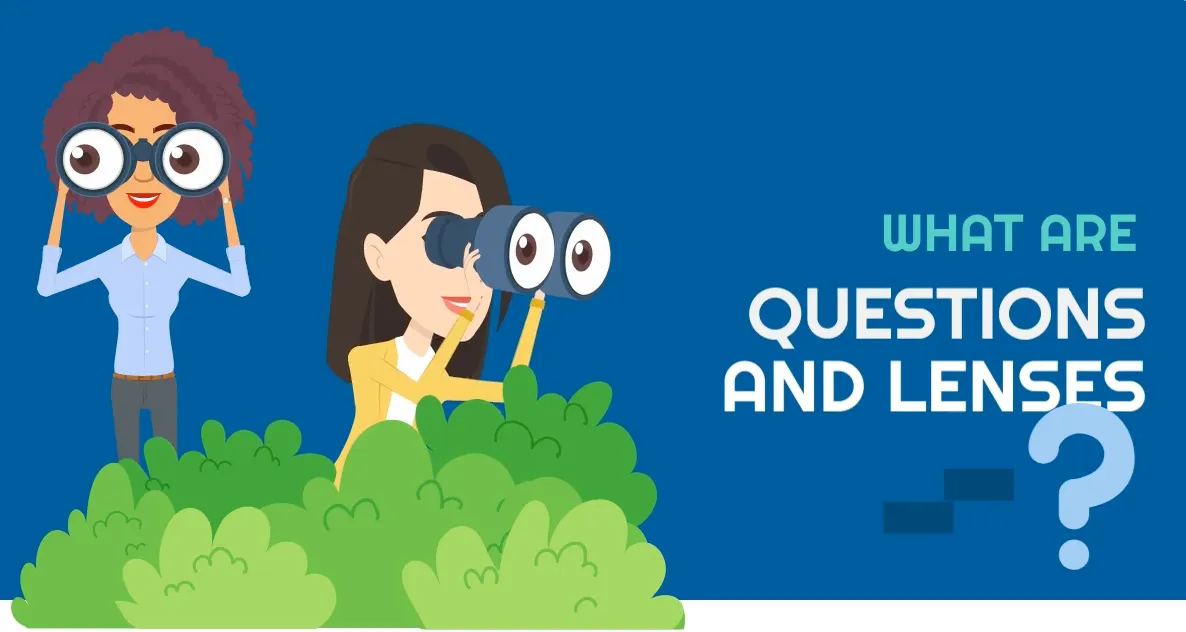How do Lenses help your EDI Surveys drive actionable insights?
Updated: May 2024 by Mark Holt
Lenses are one of the most important concepts in our EDI Surveys. They enable survey administrators to slice-and-dice EDI survey results to gain a data-driven understanding of the lived experience of specific demographic groups and therefore target specific interventions to improve Inclusion, Equity, Bias, and Belonging.
N.B. Even with these tools, it's easy to get lost in so much data. So you can be confident that the Divrsity platform automatically highlights lenses that warrant further inspection. Learn more about how we use AI to highlight opportunities.
We include three real-world examples where Lenses have revealed insights that enable organisations to surgically target interventions.
Introduction
There is a famous quote about ID&E: “Diversity is being asked to the party. Inclusion is being asked to dance.”. Using Divrsity Lenses enables us to gather data how many are dancing and how many individuals are standing in the corner wishing they could join in.
Keep reading to learn more, or watch our video
Two Types of Questions
There are two different types of questions in Divrsity survey:
- Demographic questions are about individuals: their characteristics, background, beliefs
and values
For example, age, race, gender, sexual orientation, socio-economic background
- Lenses ask about the person's relationship with your workplace: your
culture, processes, practices and actions
For example tenure, department, whether you interview candidates, whether you talk to the press, and whether you believe that your company does a good job of supporting D&I.
By looking through different lenses, we can learn more about specific demographics (e.g. the non-white community) and whether they are included or excluded from say interview panels, and/or how they feel about your company culture.
How does this help?
Once the Divrsity survey has been run, the results can be compared along these two (orthogonal) dimensions.
To make this easier to understand, imagine a hypothetical company with the following departments:

The first, most obvious, lens is Department; where survey respondents can select Finance, Sales; or Technology. Combine this with a diversity question which asks about people's preference for being in situations involving alcohol, and we might find that having a bar at the Technology away day is causing 20% of the team to stay away.
Looking through the same lens might enable us to check that the gender and ethnicity split of our product managers is representative of our customer base.
- Is there Bias in our recruitment process?
- Do people from other backgrounds feel they don't belong in that team and therefore leave?
- Are all our prospective clients middle class?
- Will a lack of diversity lead to less innovation in that area?
Another dimension
Now we can think about creating more focused lenses. Let's say this company has a London office and a Paris office; we can create a Location lens with London and Paris as options.

Now our results will enable us to compare diversity between the Paris and London offices. Is one performing better than the other? Is there a reason?
Deeper still
Now let's start to think about our recruitment processes. Let's create an Interviewers lens that asks "How many interviews do you typically conduct per month?", with dimensions zero, 1-2, 3-5 and >5.

We can see that ALL the individuals who interview more than 5 times per month are middle-aged white men. Okay, that's actionable data that we can set targets against, and make measurable improvements towards.
- People tend to hire people who look/behave like themselves (unconscious affinity bias)
- Individuals are more likely to join a company if they are interviewed by somebody like themselves
Measurable insights
Other lenses could include:
- Tenure, helping to look at whether your organisation is hiring more or fewer diverse candidates over time
- Press and Presentations, to show whether people who represent your organisation in the press or at conferences are consistent with your internal diversity
- Managers, to see whether there are diversity hot-spots as people's span of control increases. Are all our senior managers from high income parental backgrounds; and is our company set-up for success if all our managers have always worked at large companies in our business sector?
Clearly this client has work to do, but the lenses revealed specific proactive actions to take around priviledge / micro-aggression training; versus a stream of exit-interviews once employees have decided to exit this toxic culture
Hopefully this has clarified the concept of lenses. If you have any questions about how lenses work, please don't hesitate to contact our support team.
More Blog Articles
Learn why we created Divrsity
Learn how we ensure employee anonymity
